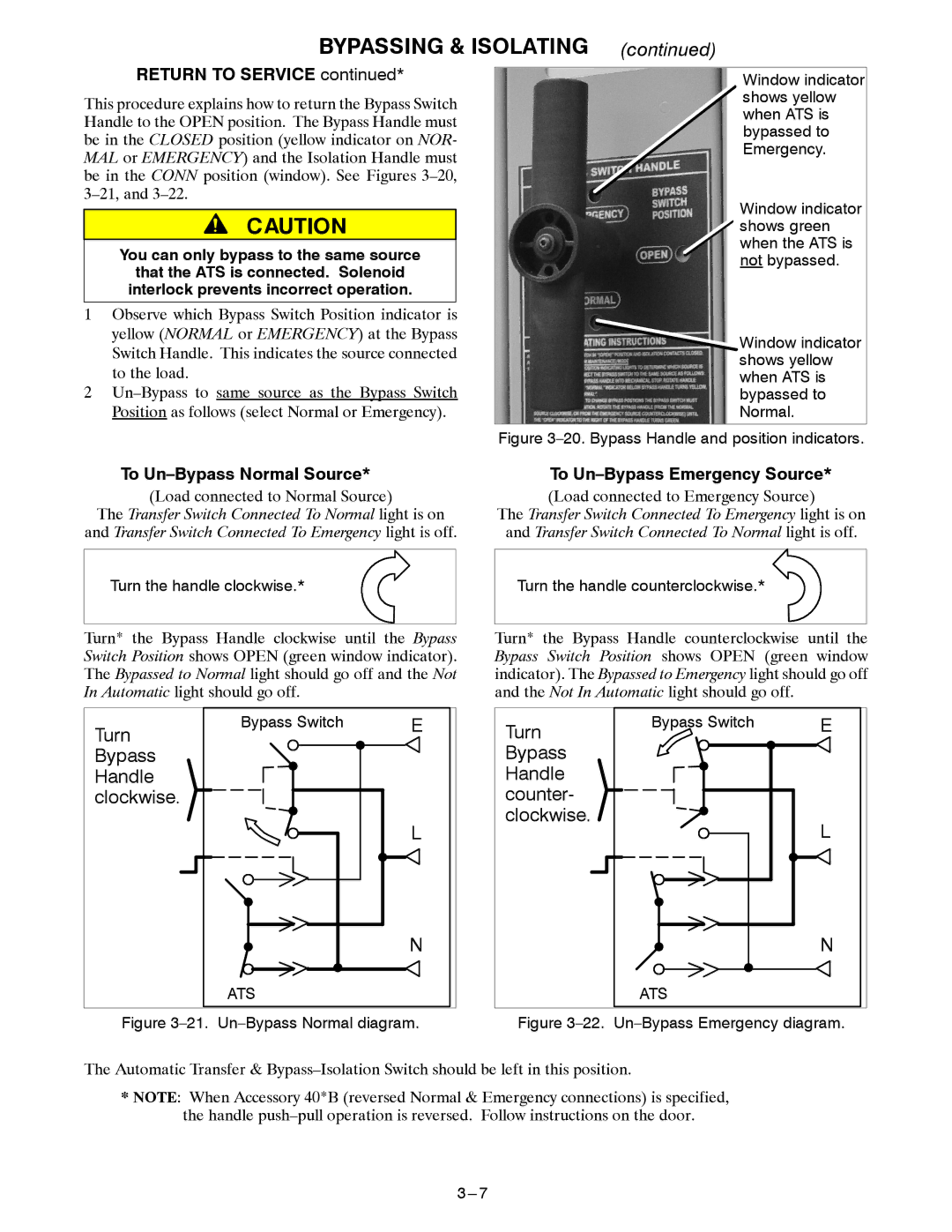7ADTB specifications
The Emerson 7ADTB is a cutting-edge device designed primarily for temperature and pressure monitoring in industrial applications. This versatile model showcases a blend of advanced technologies that ensure high accuracy, reliability, and durability even in the most demanding environments.One of the key features of the Emerson 7ADTB is its exceptional measurement range. Capable of handling extreme temperatures and pressures, it appeals to industries such as oil and gas, chemical processing, and pharmaceuticals. The device is engineered to maintain precise readings, ensuring optimal safety and efficiency in processes where temperature and pressure control is crucial.
A standout technology in the Emerson 7ADTB is its intelligent sensor technology. This advanced feature allows the device to self-calibrate and adapt to various conditions, minimizing human error and ensuring accurate data collection. It uses built-in diagnostics to monitor its performance continuously, providing real-time alerts for any anomalies or maintenance needs. As a result, users can implement preventive measures to avoid costly downtimes.
The device is also notable for its robust construction. Built to withstand harsh industrial environments, the Emerson 7ADTB boasts an IP67 ingress protection rating, meaning it is dust-tight and can endure immersion in water. This characteristic, combined with high-grade materials, ensures a long lifespan and reliable performance in various applications, from offshore platforms to refining facilities.
Integrating seamlessly into existing systems is another crucial aspect of the Emerson 7ADTB. It supports a variety of communication protocols, including Modbus and HART, allowing for easy integration with control systems. This compatibility facilitates real-time data monitoring and control, enabling operators to make informed decisions based on accurate and timely information.
Moreover, the user-friendly interface of the Emerson 7ADTB enhances operational efficiency. The device features an intuitive display that allows users to access data, adjust settings, and perform diagnostics with ease, reducing the learning curve for new operators.
In conclusion, the Emerson 7ADTB represents a significant advancement in temperature and pressure measurement technology. With its robust construction, intelligent sensor capabilities, and ease of integration, it meets the demands of modern industrial applications while ensuring safety, reliability, and performance. As industries continue to evolve, devices like the Emerson 7ADTB will play a pivotal role in enhancing operational efficiency and productivity.

